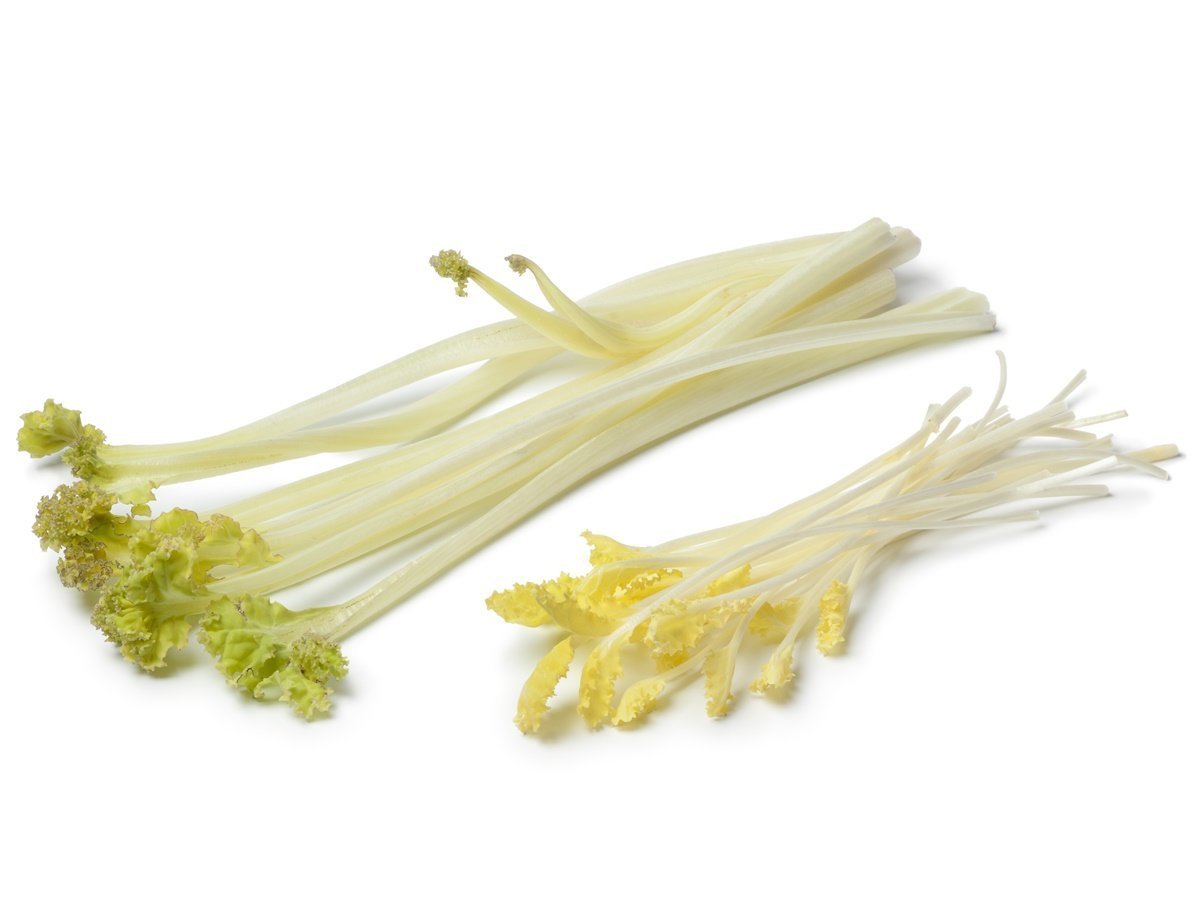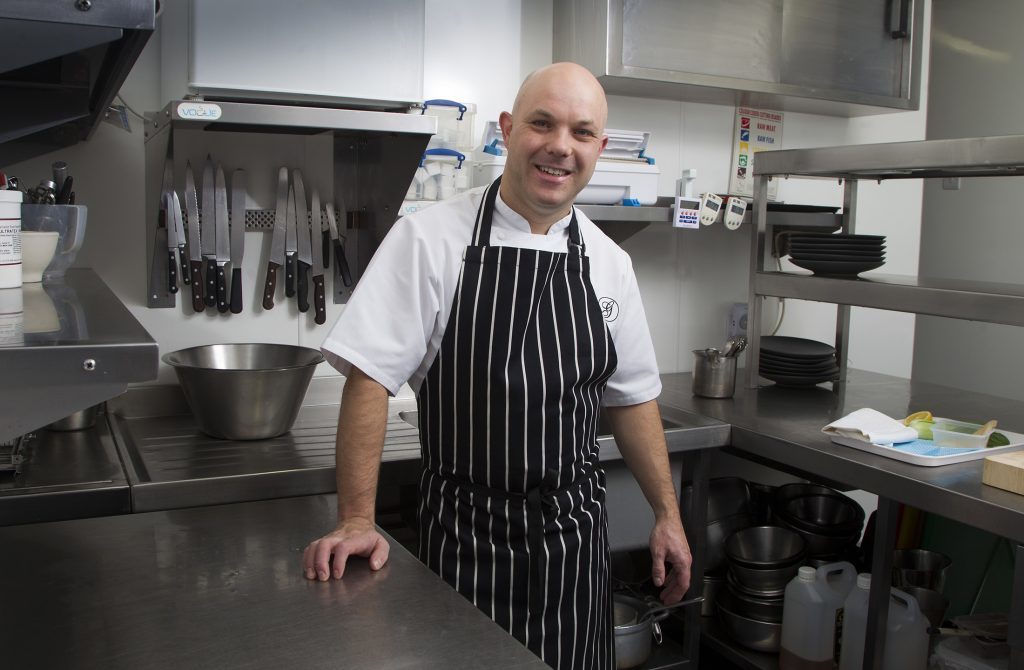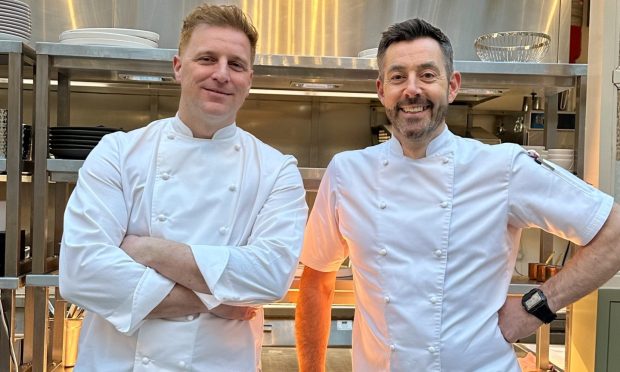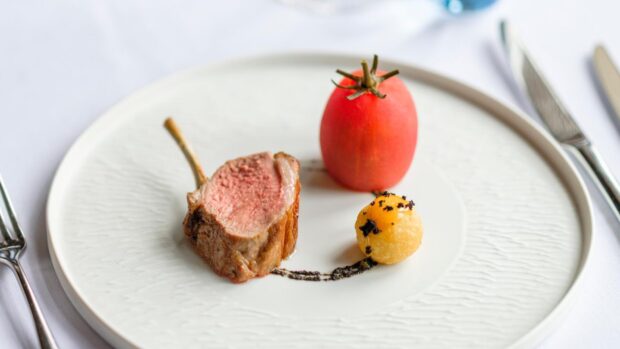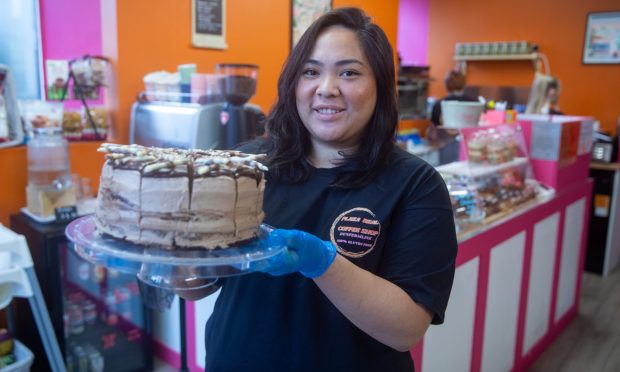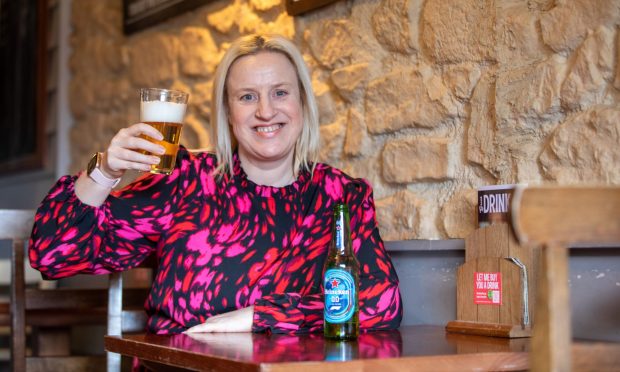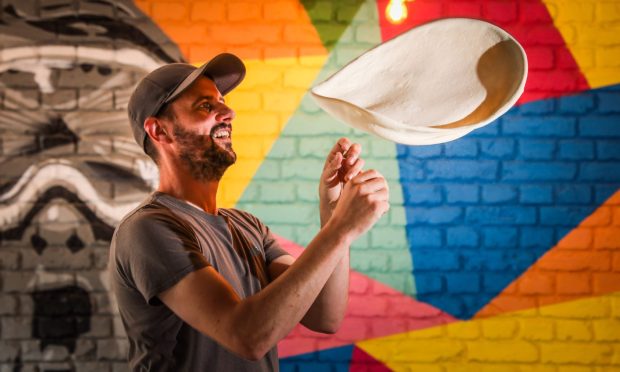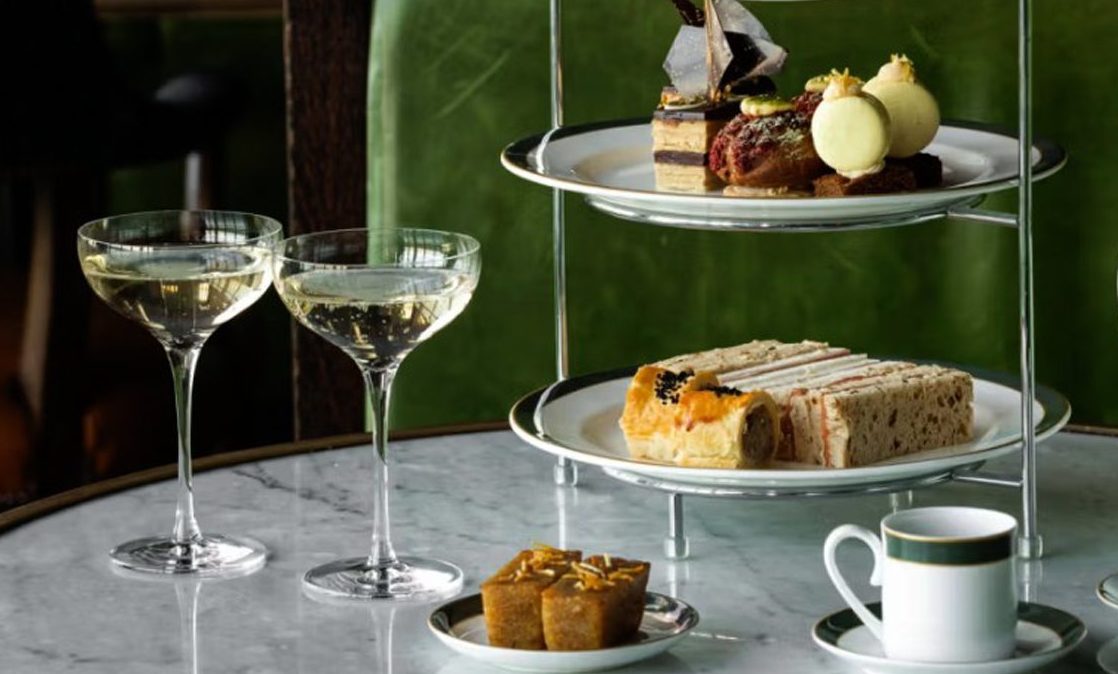Sea kale – sometimes known as winter asparagus – is an unusual vegetable that many chefs across the country love to put on their menus, says Garry Watson, chef proprietor of Gordon’s Restaurant in Inverkeilor.
Fortunately for me the only farm that grows it in the UK is here in Courier Country – perfectionist growers Sandy & Heather Pattullo from Eassie Farm Angus near the Glamis Estate, who are also famous for their world class asparagus.
We are almost at the end of a short season which, like asparagus, makes it something for cooks to look forward to each year.
Sea kale taste like a cross between celery and asparagus with a subtle tender nutty flavour and a slight salty sweetness. It’s often served with classic hollandaise sauce and a poached free range egg.
Don’t over complicate the cooking of sea kale and don’t cook it too long. Either a brief boil or steam then it can be matched with most kinds of fish or shellfish. It works well as a main course with oily fish like lightly poached Scottish salmon with sauce Maltaise (an orange flavoured hollandaise), or with smoked mussels and pink grapefruit segments.
It doesn’t have to be peeled, just washed and works perfectly sliced thinly, uncooked, in salads or cook the tender white shoots by boiling in a wide frying pan with salt for a few minutes until al dente. Then lightly cook some chopped shallot in rapeseed oil and toss in the cooked kale with a twist of black pepper and lemon juice, and serve as a side vegetable or as a light starter with some seared scallops or mackerel.
The leaves of sea kale have a tough texture but that toughness makes them delicious when cooked. I fry mine in rapeseed oil until crispy, which gives great texture and presentation to a dish.
Chef’s tip
Try my sauce Maltaise: place 3 egg yolks in a food processor fitted with the metal cutting blade. Cover with the lid. Heat 1 tablespoon white wine vinegar with the juice and fine zest of 1 small blood orange in a small pan. Heat 175g of unsalted butter in another small pan. When the orange juice mixture starts to boil, start blending the yolks. After a few seconds gradually pour in the orange juice. Once this has been added, pour in the bubbling hot butter. It should be very hot in order to cook the egg yolks. Finally add a splash of Cointreau liqueur. Switch off and keep covered until needed. Before using the sauce, blend again as it will have thickened as the butter cools down. It will be lumpy unless you do this. If it’s too thick, add a tablespoon of warm water.
